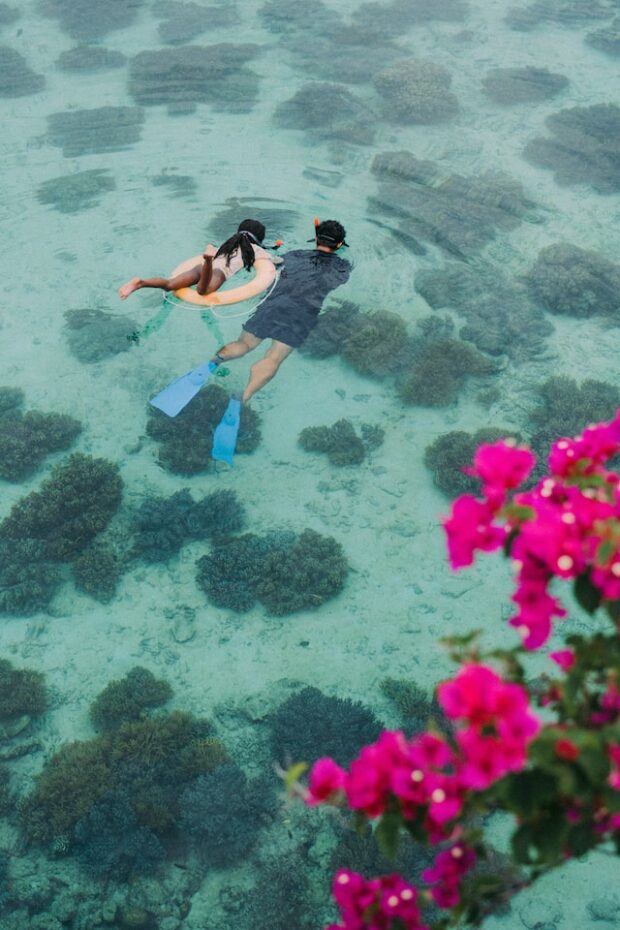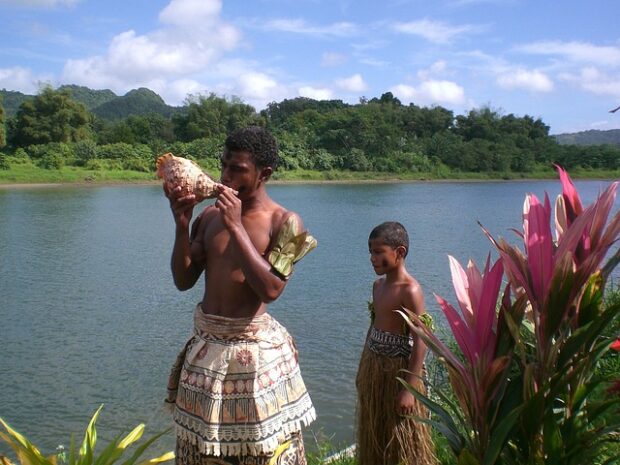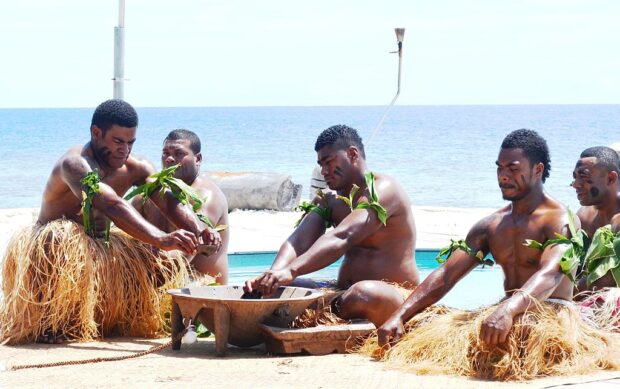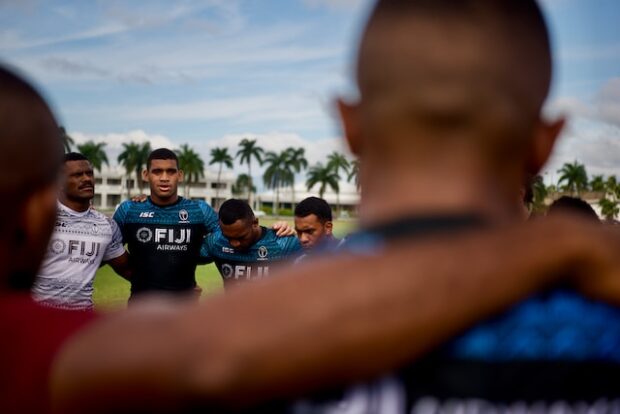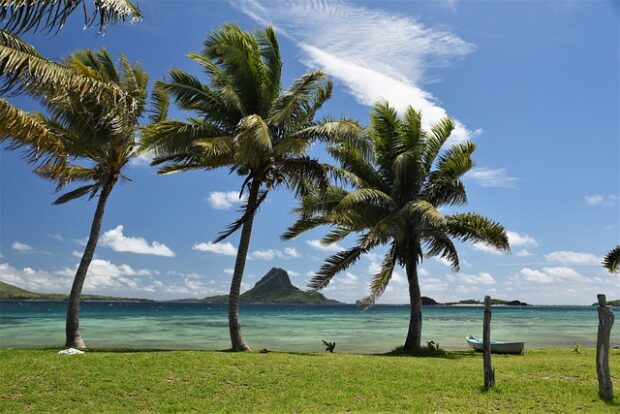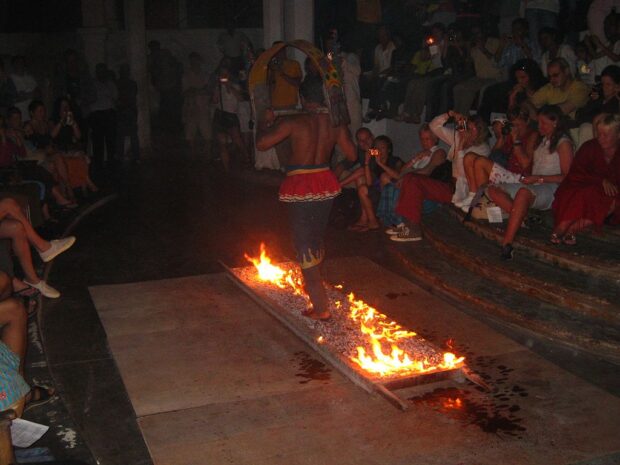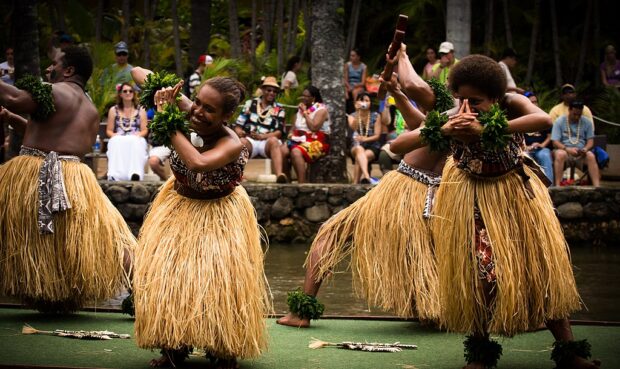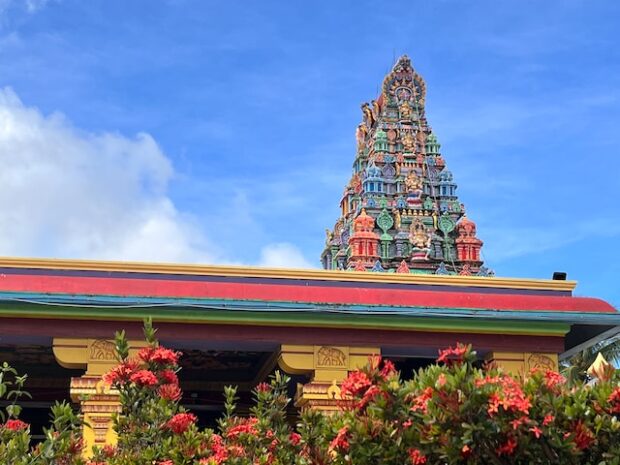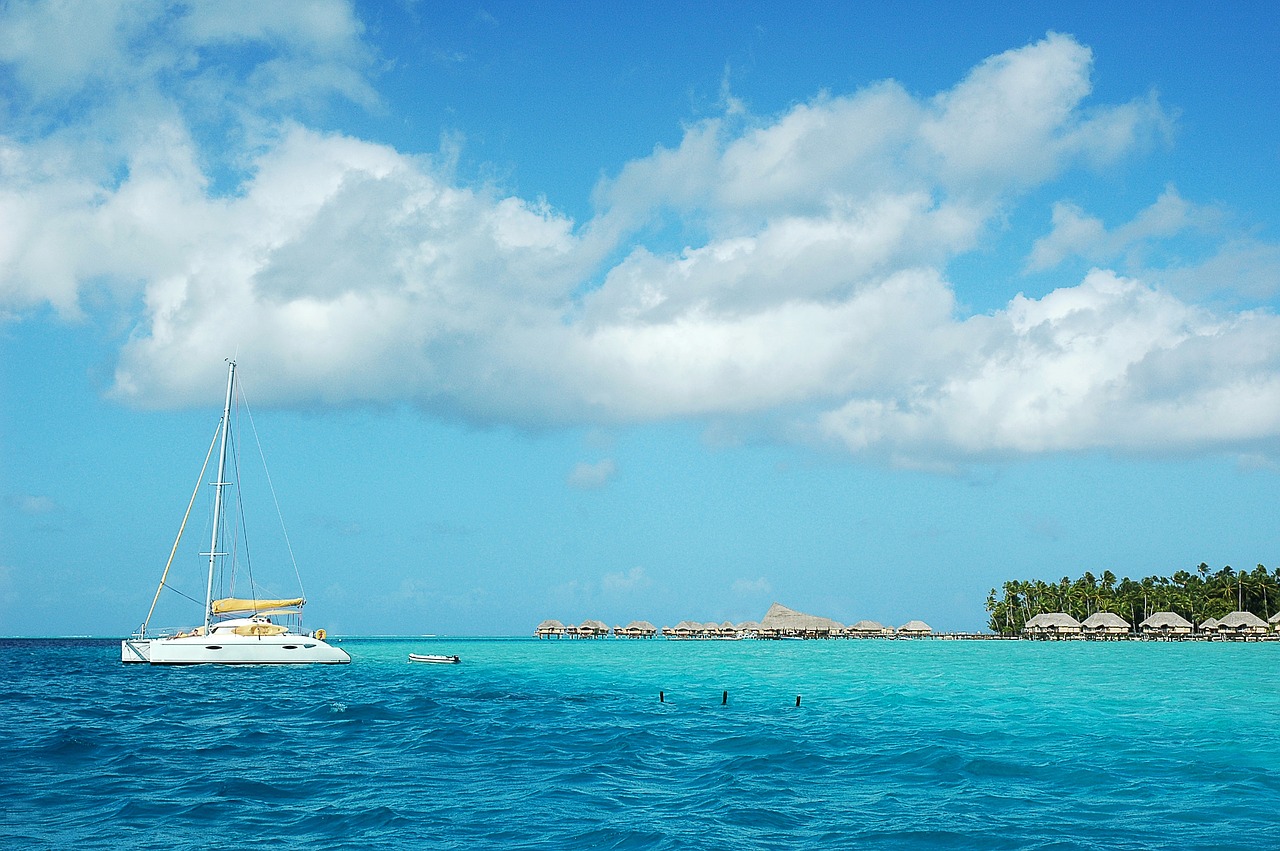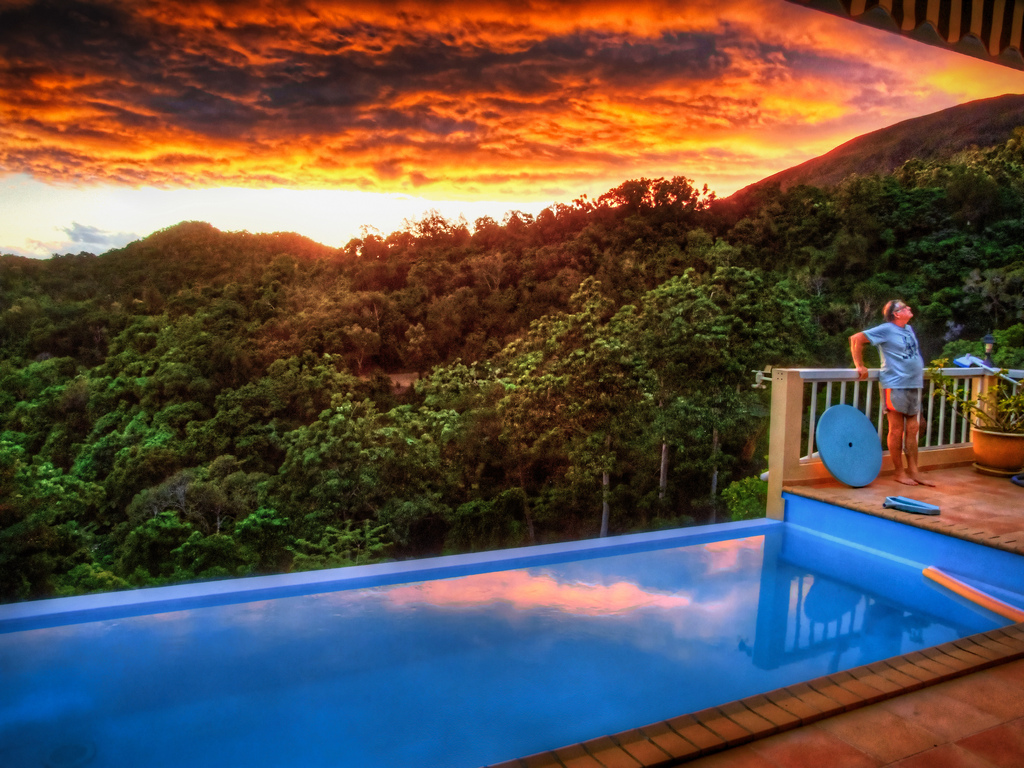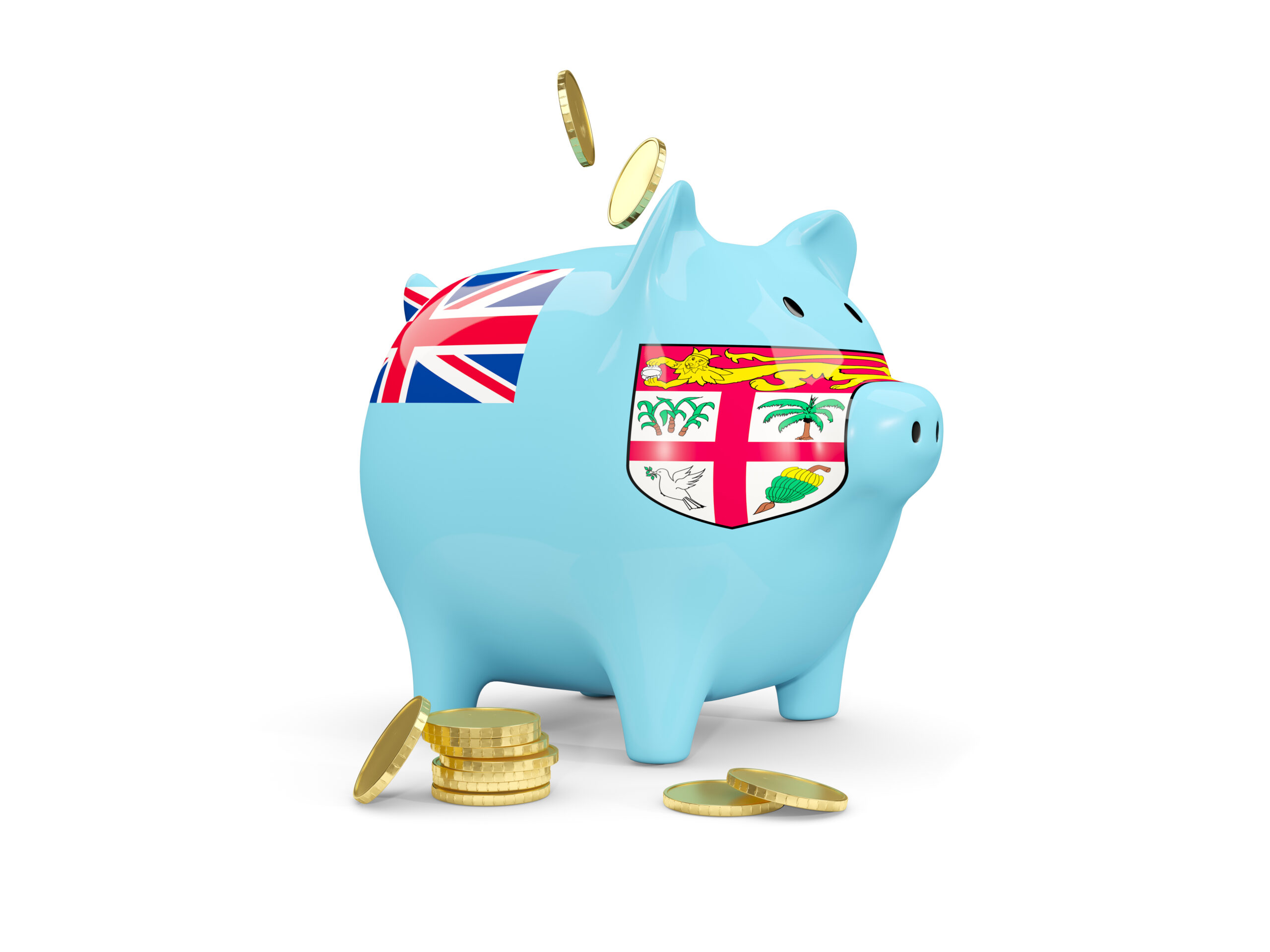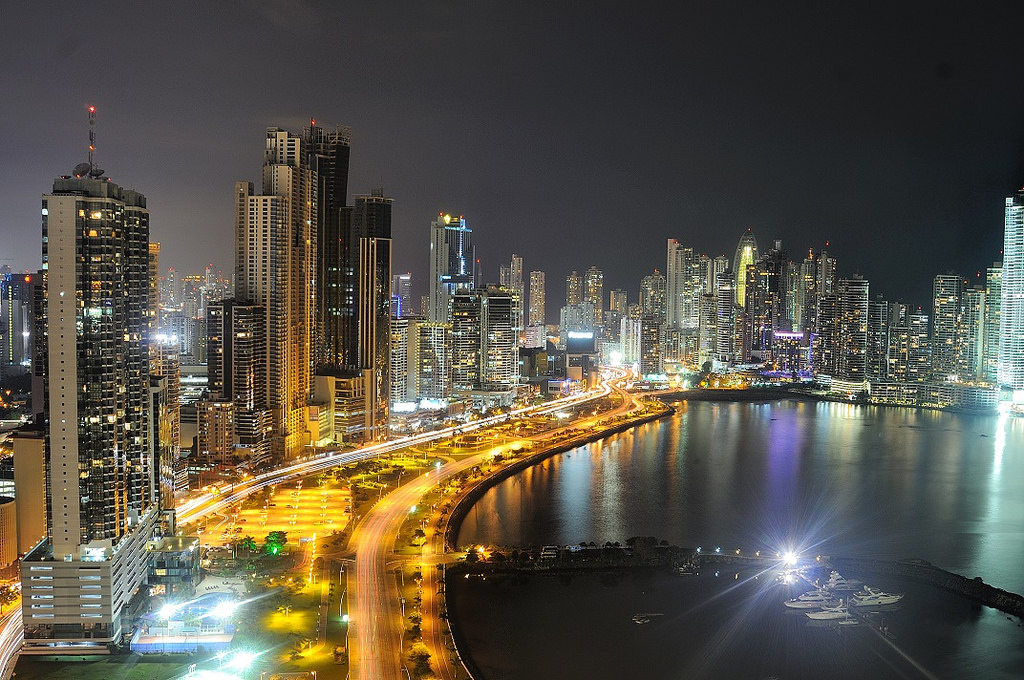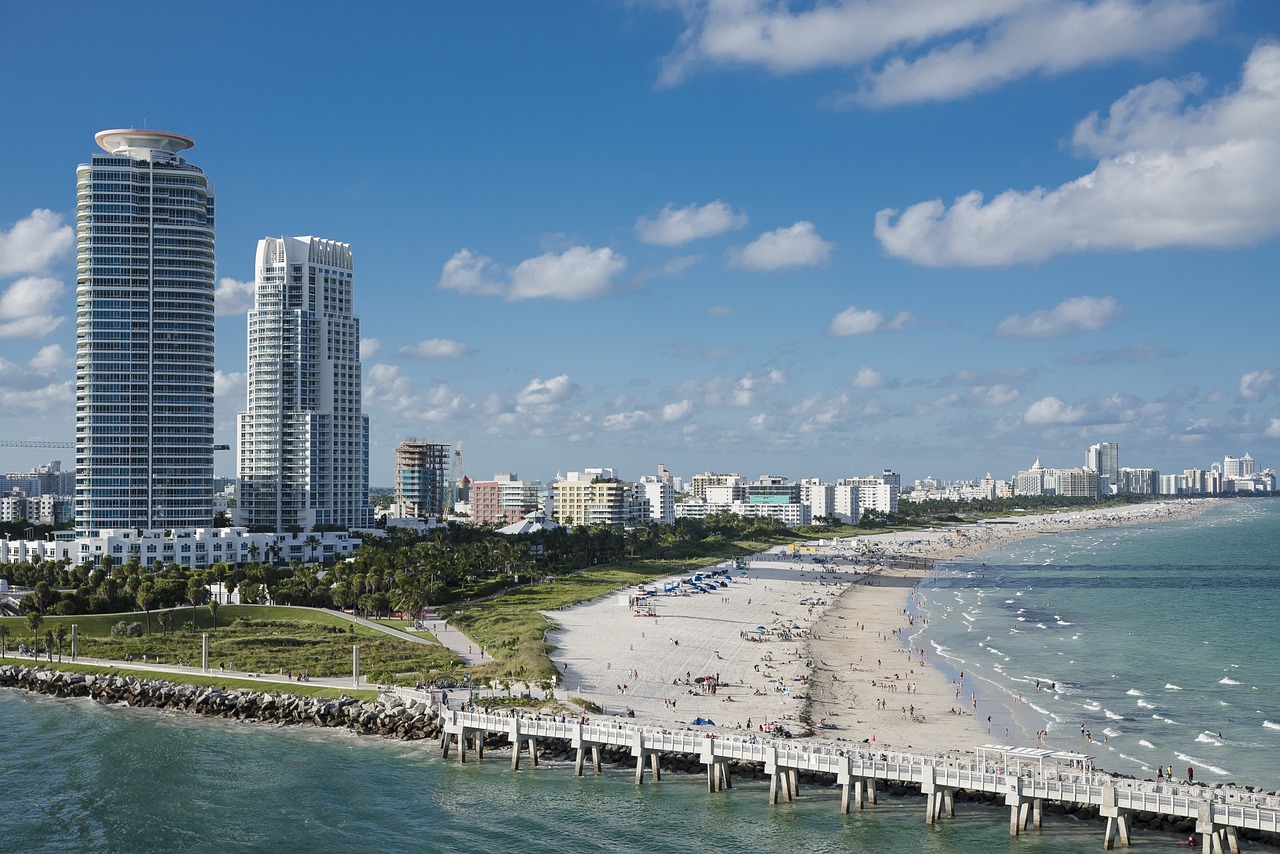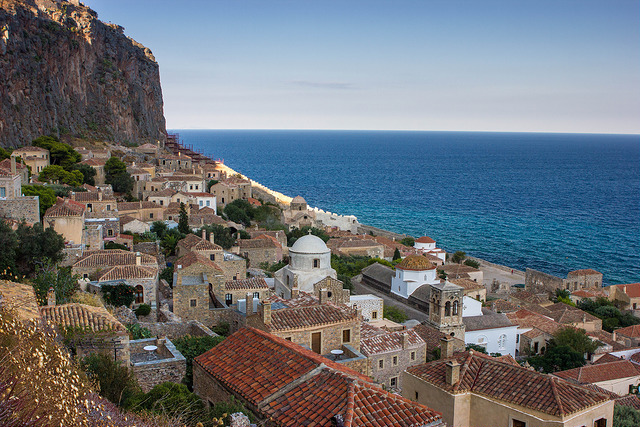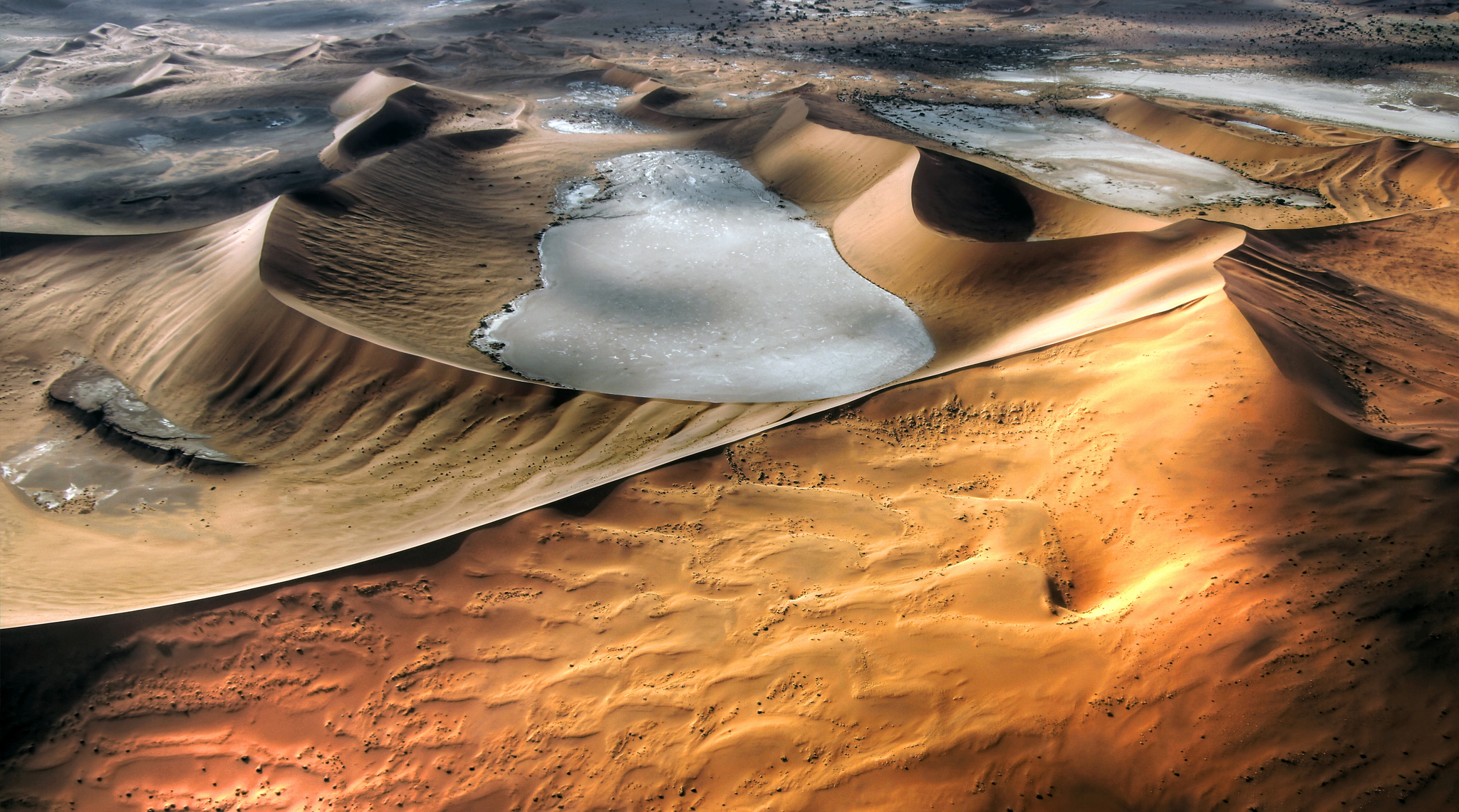When you picture Fiji, you might imagine crystal clear water, pristine shorelines, and swaying palm trees. While the Fijian islands are certainly picturesque, there’s more to celebrate about them than their stunning scenery. Believe it or not, there are tons of interesting things about Fiji that make this region of the world so unique! From its fascinating history and ancient traditions to its incredible underwater playground, it’s no wonder Fiji is a top travel destination.
Follow along to find out some of our favorite fun facts about Fiji:
Fiji is Made up of 322 Islands
Some incorrectly assume Fiji is just one solo island, but the truth is, it’s actually an archipelago. Fiji consists of more than 300 islands and 500 islets. That said, some of the most popular islands include Viti Levu, Vanua Levu, the Mamanucas, and Yasawas.
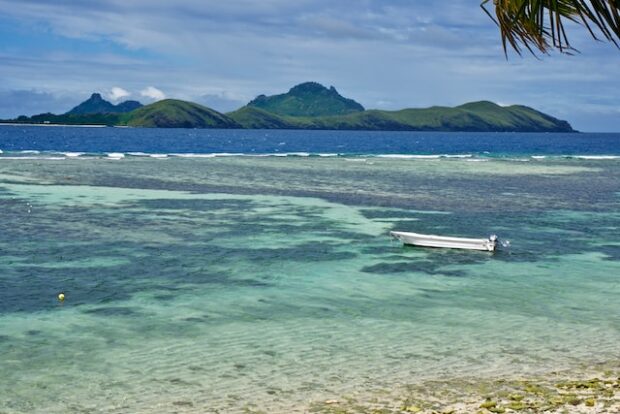
Fiji is Known as the Soft Coral Capital of the World
Oceanographer Jacques Cousteau called Fiji the “Soft Coral Capital of the World” due to the various soft coral colonies covering the underwater reefs, canyons, caverns, and overhangs. There are tons of colorful hard coral in the reefscapes, too. In fact, there are nearly 400 species of soft and hard coral around the Fiji islands alone.
Fiji is a World-Famous Dive Site
In addition to the abundance of colorful soft coral underwater, you’ll also come across all kinds of sea life. And because the water is so crystal clear, it’s easy to see all the underwater marvels, from the 1,200 species of fish and five types of turtles to the 12 kinds of whales and dolphins that migrate through the islands.
When visiting Fiji, pack your snorkel and scuba gear to see the tropical beauty for yourself.
Fiji Was Settled Around 3,500 Years Ago
The Austronesian people are believed to be the first to inhabit the Fijian islands, followed by the Melanesians roughly 1,000 years later. Polynesian customs didn’t come to the islands until around the 10th century when the Tu’i Tonga Empire was established. By the mid-1800s, European and Christian traditions began infiltrating the islands with the onset of missionaries.
Fiji has Three Official Languages
Three official languages are spoken in Fiji: Hindi, iTaukei, and English. ITaukei is the native language spoken by the indigenous people. If you’re an English speaker visiting the islands, you’ll find many locals who speak English, too.
Kava is the National Drink
Kava plays a very special role in Fijian traditions. This drink, made from kava root, is central to kava ceremonies. In this ancient ritual, where friends and family gather to share the beverage and mark special occasions or welcome newcomers. Kava is unique because it’s a mild sedative, making you feel calm and causing your tongue and lips to experience a temporary numbing sensation.
If you’re visiting Fiji, attending a kava ceremony belongs at the top of your list.
Jaejay77, CC BY-SA 4.0, via Wikimedia Commons
Rugby is One of the Most Popular Sports in Fiji
Rugby is adored by Fijians. In fact, it’s considered the national sport of Fiji! The sport was first introduced to the islands in the 1980s, and now there’s a Fijian rugby league competition with nine teams.
When visiting the islands, catch a match to see this sport in action!
Fiji has a History of Cannibalism
Cannibalism was once practiced in Fiji, which gave the region its nickname, the Cannibal Islands. When missionaries arrived on the islands, they witnessed ingenious tribes practicing this ritual. In one unfortunate scenario, it’s believed that the tribes ate an English missionary, Reverend Thomas Baker in 1867, leaving only his boots behind. This event is considered one of the last documented cannibalism acts on the islands.
Fiji Experience Year-Round Warm Weather
The Fijian islands are a tropical oasis that experiences warm temperatures year-round. Typically, the temperatures remain around the 70s and 80s (F) no matter the month, meaning it’s always a good time to jump in the sea for a swim!
Mount Tomanivi is the Highest Point in Fiji
Mount Tomanivi is an extinct volcano on Viti Levu, standing 4,344 feet tall. It’s considered the highest point on the islands, featuring a high-altitude forest, home to several endangered birds, such as red-throated lorikeet and long-legged warbler.
Fijians Invented Firewalking
According to legend, firewalking began in Fiji more than 500 years ago when a Beqa warrior encountered a spirit god in the form of an eel. In exchange for his life, the spirit god granted the warrior the ability to walk on fire. He promised to give the same gift to the warrior’s descendants. Today, those from Beqa continue the ritual of walking on fire without seemingly feeling any pain at all.
If you’re vacationing in Fiji, attending a firewalking ceremony is a once-in-a-lifetime opportunity you won’t want to miss.
Aidan Jones from Oxford, U.K., CC BY-SA 2.0, via Wikimedia Commons
Fiji Has a Traditional Dance Called Meke
Fijians practice a dance style called Meke, which combines music, dance, and storytelling. Both men and women perform this artistic dance, typically at festivals and celebrations. However, they also dance Meke at many resorts, allowing tourists a chance to appreciate this ancient tradition.
Johnny Silvercloud, CC BY-SA 2.0, via Wikimedia Commons
Fiji Water Really is From Fiji
You’ve probably seen bottled Fijian water sold at your local convenience store. That water is, in fact, sourced straight from Fiji. It comes from Yaqara, on the north shore of Viti Levu. They call it “untouched “ because rainfall trickles down into a volcanic aquifer, giving it its pure taste.
Fiji is Home to the Largest Hindu Temple in the Southern Hemisphere
Sri Siva Subramaniya Temple in Nada, Fiji, is considered the largest Hindu temple in the Pacific Ocean. The ornately designed temple features three sections with colorful carvings and depictions of Hindu gods.
Visitors are welcome to visit the temple but be sure to cover your shoulders and legs as a sign of respect and refrain from taking photos inside the structure.
These are just a few of the many interesting facts about Fiji. Plan a vacation to these islands, and you’re sure to learn even more fun facts about the region!

